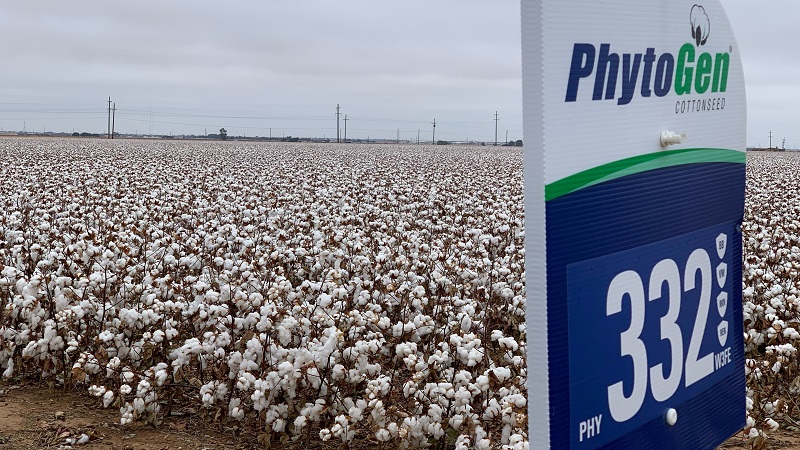Market Rally Feeds Optimism, Yet Demands Humility
Cotton is a very humbling product of Mother Nature. It’s often been compared to man’s greatest blessing, his wife, who promises less but gives more than any of God’s creatures. Likewise, the cotton market is very humbling.
I have said for the past weeks, and unfortunately still contend, that the cotton market is moving toward the low 50s. With any luck, I will be wrong. Maybe this past week is the new beginning, but don’t count on it just yet.
Last week, I suggested that if the December futures contract broke above 60.25 cents that a rally would be coming – maybe even up to 64 cents – but also a rally I said I did not expect. It came. The market did just that on Thursday and continued to Friday’s high of 63.39 before faltering as the December contract settled at 62.28. Thus, as it often does, the market gave growers a second chance. Granted, this second chance is only just above 62/63 cents, but it is still some 6 cents higher than the life of contract low established little more than a month ago.
Granted, I am still bearish, but the rally came on the heels of a very bearish September supply demand report. Rallies on bearish reports are few and far between. Therefore, we must look to more analysis. Yet, for now, I expect the market to drift back into its 56-60 cent trading mode as we await the October world supply demand report from USDA on October 10.
It was almost a given that the price advance was the typical short covering rally that forced out the weak short positions once the market traded above 60.25. We would have bet the farm on it, so to speak. But no. When the reports came in Friday morning, the market was surprised to learn that new money had come into the market during Thursday’s trading. In fact, open interest increased over 4,000 contracts, meaning that new money came in on the long side of the market, i.e., new buying of contracts.
Yes, short covering (buying back of contracts previously sold) did spook prices higher, but new bullish positions were the reason for a near limit up move on Thursday. Not just a little new money, but over 1,000 new December long contracts were purchased – a solid statement in support of higher prices. The market had a very bullish Thursday and some of it reached over into Friday. Yet, on reflecting, traders began to realize the USDA September supply demand report was just as bearish as had been expected.
While the U.S. crop estimated was lowered nearly 700,000 bales, down to 21.9 million bales, U.S. exports were lowered some 700,000 bales and U.S. domestic consumption was lowered 100,000 bales. With a bit of mathematical trickery, USDA left U.S. year-ending carryover unchanged at a very bearish 7.2 million bales. (Some of you may recall that I am predicting that the carryover will rise above 8 million bales – the reason for my continued bearishness.)
The highlight of the state by state crop production report indicates that yields in all of the Delta states, except Louisiana, are expected to well exceed 1,000 pounds per acre. Too, the big Southeast acreage will see yields in its the big three states – Georgia, North Carolina and Alabama – in the 930-942 pounds per acre range.
Just as USDA used some magic to craft its estimates for the U.S., some of the same tricks were used in its attempt to balance its world supply demand table. USDA lowered world production some 700,000 bales – basically its reduction of the U.S. crop. It reduced world consumption 1.3 million bales, primarily from five countries – China, India, the U.S., Brazil and Vietnam. Principally, USDA reduced Chinese consumption 500,000 bales and Indian consumption 250,000 bales. The final estimate had world carryover increasing some 1.3 million bales.
The current estimates include world production at 125 million bales vs 119 million last year, world consumption at 122 million bales vs 120 million last year, and world carryover at 84 million bales vs 81 million last year. While consumption exceeds last year’s offtake, it is well less than earlier estimated. That, coupled with the fact that world carryover is expected to increase at least 3 million bales, is the primary cause for expectations of lower prices.
Additionally, the increased carryover will be held by world exporting countries – thus, suggesting that export prices will be highly competitive in the current season. Further, the U.S. has ample storage space available compared to other exporting countries, and this will cause other exporters to sell cotton more quickly than the U.S.
Let’s hope the bull can find a bit more run to the upside. But you are cautioned to protect against lower prices.
Give a gift of cotton today.








